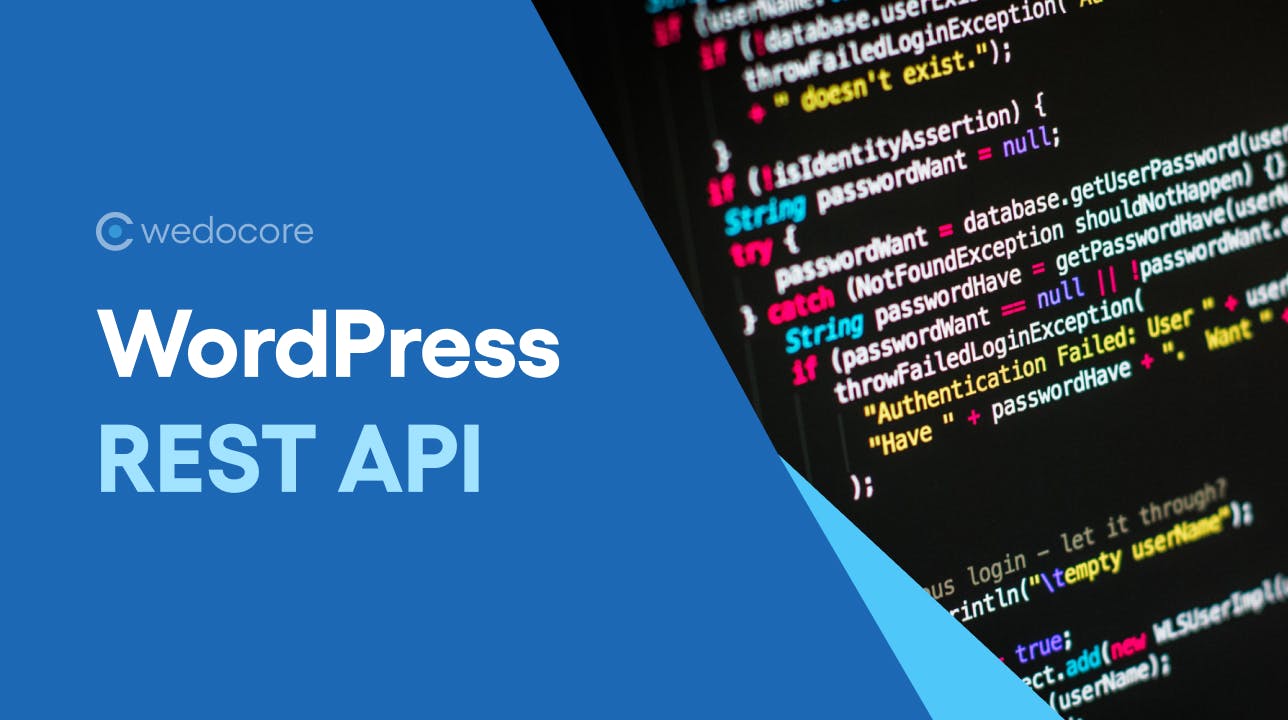WordPress REST API: The Next-Generation CMS Feature


Written by
Published on
What is the WordPress REST API?
The WordPress REST API is a feature that allows developers to interact with WordPress in new and innovative ways. By using a standardized interface, the REST API enables the external application to read and write WordPress content, thereby opening up a plethora of possibilities for developers. Whether you're building mobile apps, web applications, or integrating with other systems, the REST API facilitates these interactions in a seamless and efficient manner.
The Significance of the REST API
Before the advent of the REST API, WordPress was primarily seen as a platform suited for blogging and basic website creation. However, as the digital landscape evolved, the demand for more dynamic and interactive web experiences grew. The REST API addresses this need by allowing developers to use WordPress as a headless CMS, decoupling the backend from the frontend. This means developers can now use WordPress to manage content while employing modern JavaScript frameworks like React or Vue.js to build the frontend, offering users a rich, interactive experience.
Getting Started with the WordPress REST API
Embarking on your journey with the WordPress REST API involves understanding its structure and how to interact with it. At its core, the API uses standard HTTP methods (GET, POST, PUT, DELETE) to communicate with WordPress, making CRUD operations (create, read, update, delete) straightforward.
Step 1: Familiarize Yourself with the Basics
Before diving into code, it's crucial to understand the basics of RESTful services and how they work. The WordPress REST API is no exception, utilizing URLs (endpoints) to represent objects in WordPress, such as posts, pages, and users.
Step 2: Accessing the REST API
Access the WordPress REST API by appending /wp-json/wp/v2/ to your WordPress site's URL. For instance, accessing https://yourwebsite.com/wp-json/wp/v2/posts will return a JSON representation of your site's posts.
Step 3: Making Your First API Request
To get started, let's make a simple API request to fetch the latest posts from a WordPress site. You can use tools like Postman or simply a browser to make this request.
GET https://yourwebsite.com/wp-json/wp/v2/postsThis request will return a JSON response containing the latest posts, showcasing the REST API's ability to interact with WordPress content programmatically.
Building a Custom Application Using the WordPress REST API
Now that we understand how to make basic requests to the REST API, let's explore how to build a custom application that leverages WordPress as a headless CMS.
Step 1: Setting Up Your Development Environment
Start by setting up your development environment. If you're building a web application, you might choose a JavaScript framework like React or Vue.js. For this tutorial, we'll assume a basic knowledge of React.
Step 2: Fetching Posts from WordPress
Create a new React component that fetches posts from your WordPress site using the REST API. You'll use the fetch API to make this request and update the state of your component with the retrieved data.
import React, { useEffect, useState } from 'react';
function Posts() {
const [posts, setPosts] = useState([]);
useEffect(() => {
fetch('https://yourwebsite.com/wp-json/wp/v2/posts')
.then(response => response.json())
.then(data => setPosts(data));
}, []);
return (
<div>
{posts.map(post => (
<div key={post.id}>
<h2>{post.title.rendered}</h2>
<div dangerouslySetInnerHTML={{ __html: post.content.rendered }} />
</div>
))}
</div>
);
}
export default Posts;Step 3: Displaying the Posts
The above code fetches posts from your WordPress site and uses React to render them. This demonstrates the power of the REST API in integrating WordPress content with modern web applications.
Conclusion
The WordPress REST API represents a significant shift in how developers can use WordPress, transforming it from a simple blogging platform to a powerful headless CMS capable of powering modern web applications. By decoupling the backend content management from the frontend presentation layer, WordPress has firmly positioned itself as a versatile and future-proof platform. As web development continues to evolve, the REST API ensures that WordPress will remain at the forefront, offering developers and users alike a flexible, robust, and innovative content management solution.